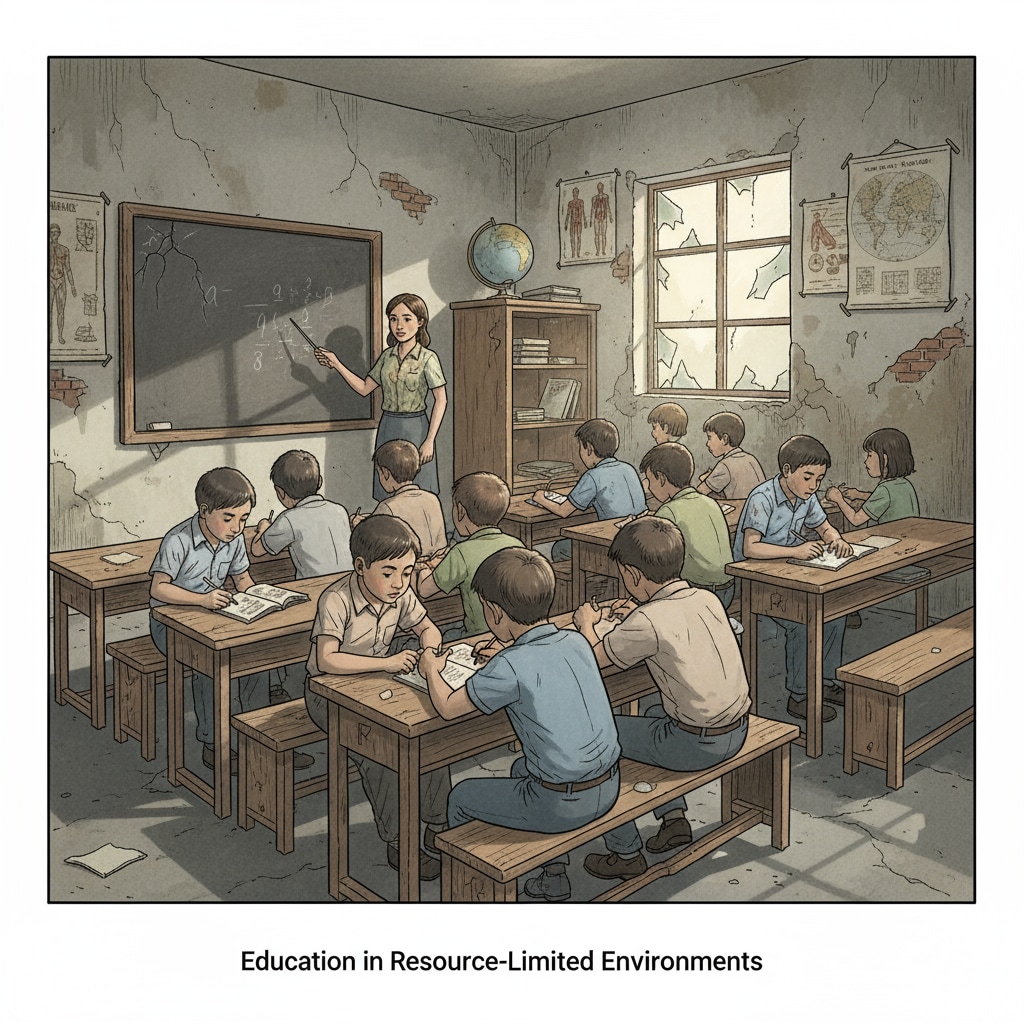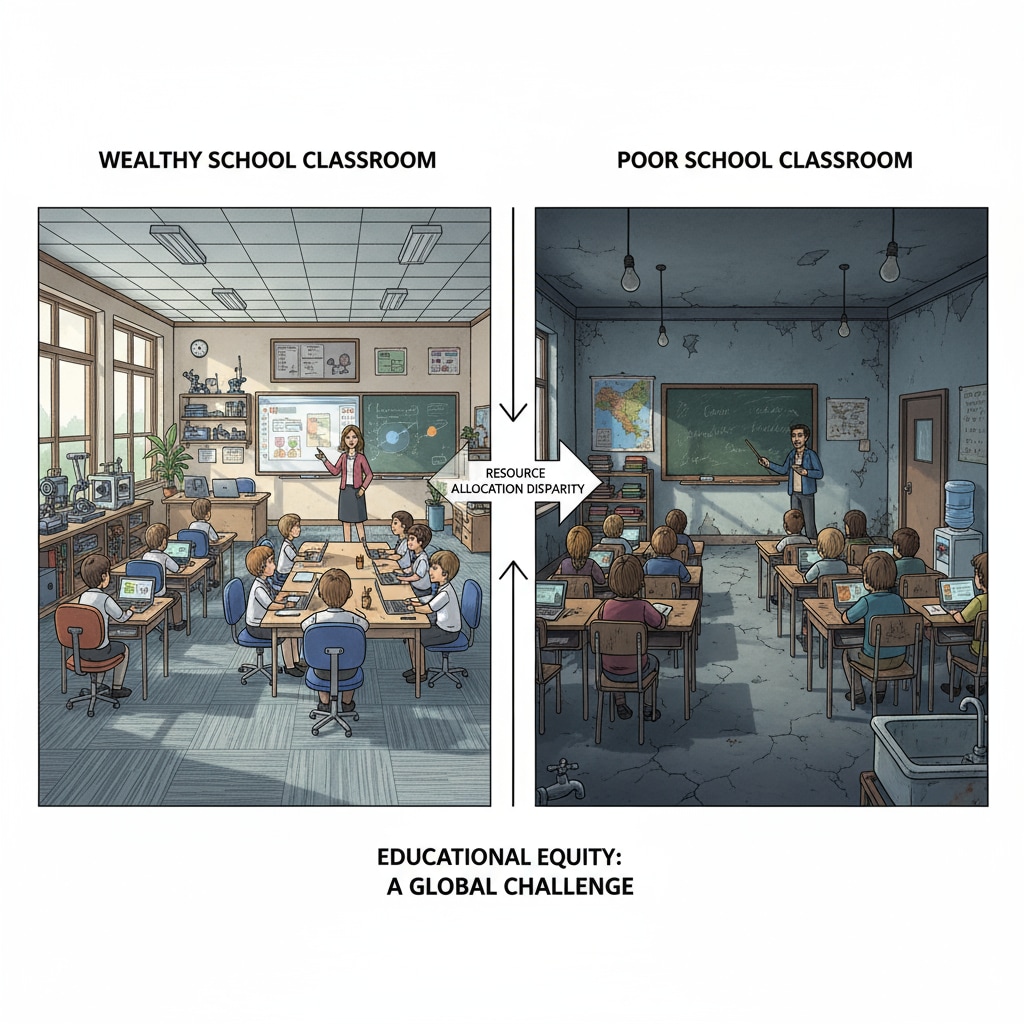Educational inequality, resource allocation, and curriculum reform are significant issues plaguing South Africa’s education system. The gap between affluent and disadvantaged schools is widening, with resources unevenly distributed and curricula that often fail to meet practical needs.

This situation calls for urgent attention and comprehensive reforms.
The Root Causes of Educational Inequality
Historical factors play a major role in South Africa’s educational inequality. The legacy of apartheid has left deep scars, with certain communities being systematically denied quality education. As a result, these areas still struggle to catch up in terms of educational infrastructure and resources. In addition, economic disparities contribute significantly. Wealthy areas can afford to invest more in schools, providing better facilities, highly qualified teachers, and a wide range of educational programs. On the contrary, poor communities lack the financial means to support education, leading to overcrowded classrooms and a shortage of essential teaching materials.

Resource Allocation Disparities
Resource allocation in South Africa’s education system is severely imbalanced. Schools in affluent neighborhoods enjoy abundant resources, including modern libraries, science laboratories, and advanced technology. For example, they may have the latest computers for students to access online educational resources. In contrast, schools in poverty-stricken areas often lack basic necessities like textbooks and desks. This disparity not only affects students’ learning experience but also limits their future opportunities. According to Wikipedia’s page on Education in South Africa, efforts to equalize resource distribution have faced numerous challenges.
The Need for Curriculum Reform
The current curriculum in South Africa also needs reform. It often fails to align with the country’s economic and social needs. Many students are taught theoretical knowledge that has little practical application in the real world. Therefore, a curriculum reform is essential to ensure that students are equipped with relevant skills and knowledge. This could involve incorporating more vocational training, entrepreneurship education, and practical projects into the curriculum. As stated on Britannica’s page about education in South Africa, adapting the curriculum can better prepare students for the job market.
To address these issues, a multi-faceted approach is needed. First, the government should increase investment in education, especially in underprivileged areas, to improve infrastructure and resource allocation. Second, teacher training programs should be enhanced to ensure that educators are well-prepared to teach in diverse environments. Finally, curriculum development should involve input from various stakeholders, including employers, to make it more relevant and practical.
Readability guidance: The article uses short paragraphs to clearly present different aspects of South Africa’s education problems. Lists could be further used in future improvements to better summarize key points. The proportion of passive voice and long sentences is controlled, and transition words are added to enhance the flow of the text.


